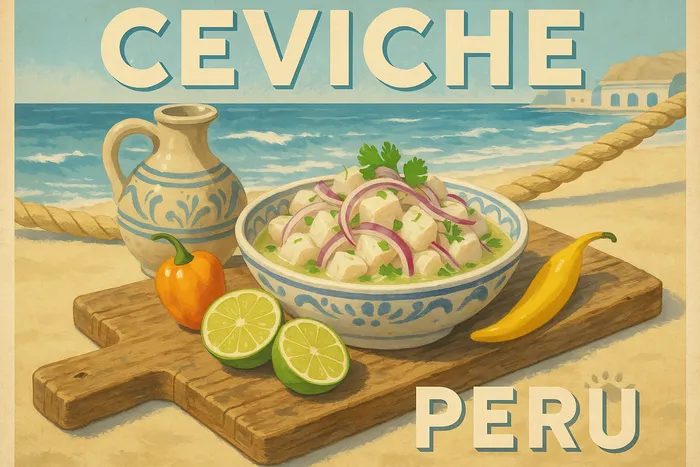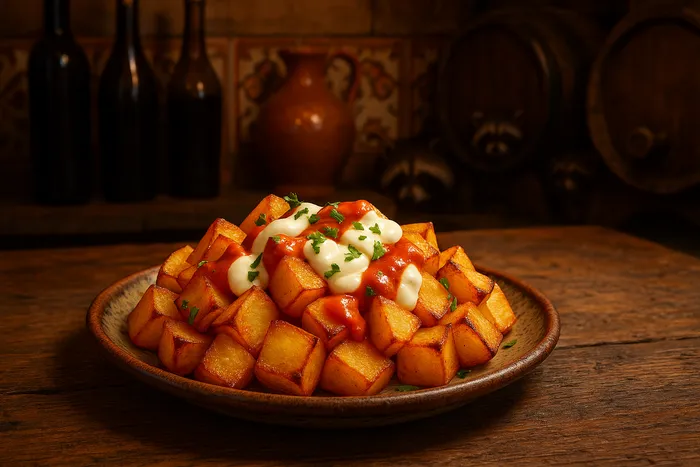side-dish
Fermented Salsa
Prep: 20 minutes
Cook: 0 minutes
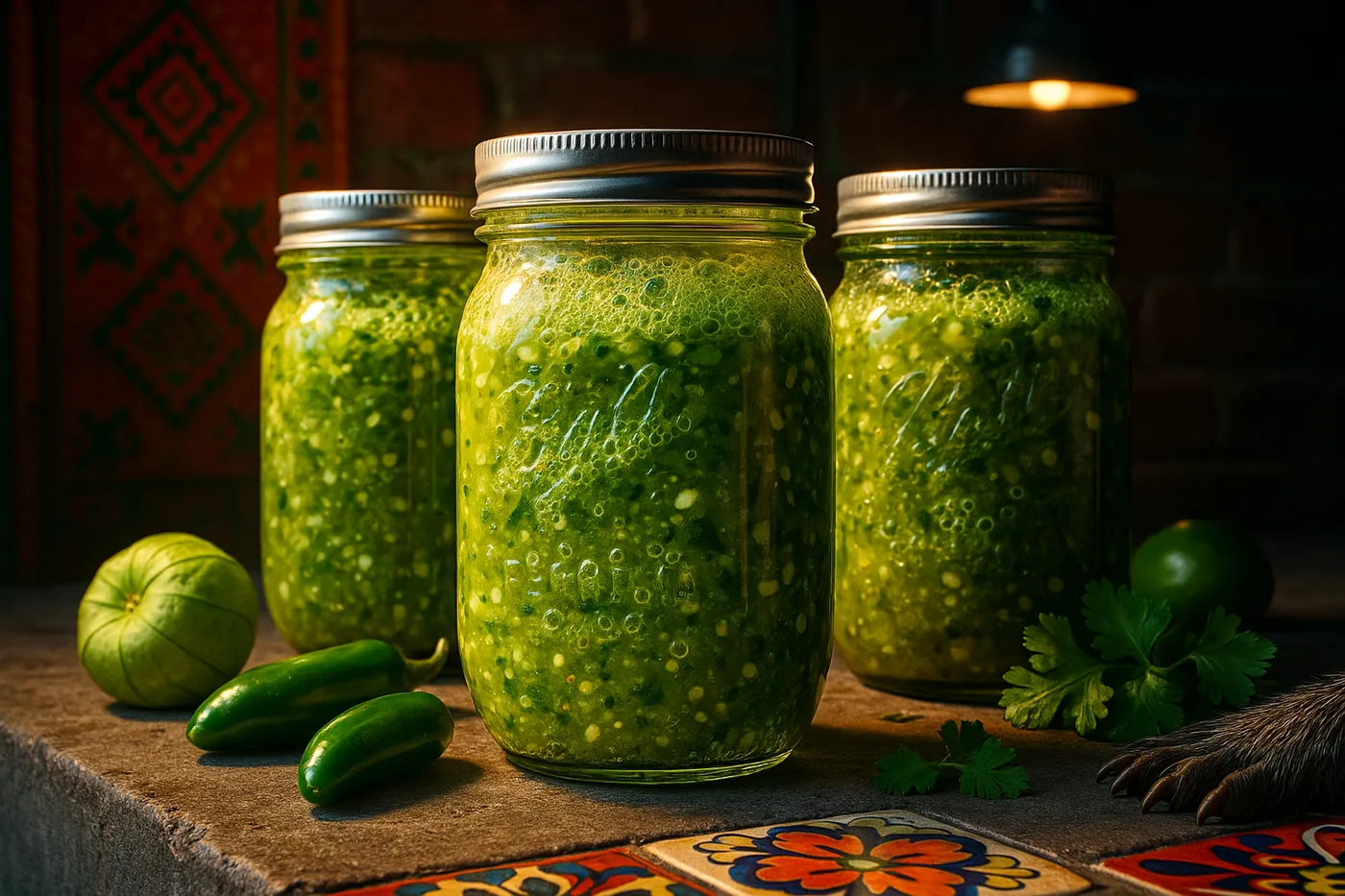
Transform regular salsa into something alive and complex through lacto-fermentation—time and beneficial bacteria create wild, tangy depths that regular salsa can't touch. After a few days of bubbling on your counter, what emerges is fizzy, funky, and almost addictive in its complexity.
Back home, I started experimenting with my usual salsa verde recipe, letting it transform in mason jars on my counter. What emerges after a few days isn't just salsa anymore — it's alive, fizzy, deeply flavored, and almost addictive in its funkiness.
Ingredients
🍅 2 lbs tomatillos, husked and quartered
🌶️ 4-6 jalapeños, roughly chopped (seeds optional)
🌶️ 2 serrano peppers, roughly chopped
🧄 6 cloves garlic, smashed
🧅 1 large white onion, roughly chopped
🌿 1 large bunch cilantro, stems and all
🧂 2 tablespoons sea salt (not iodized)
🍋 Juice of 2 limes
💧 Filtered water as needed
Fermentation Timeline
Fermentation Troubleshooting
Instructions
Day 1: The Setup
Combine all ingredients except lime juice in a food processor. Pulse until roughly chopped — you want texture, not a smooth puree. The mixture should be chunky and rustic.
Transfer everything to a clean 2-quart mason jar or fermentation vessel. The salsa should fill about 3/4 of the container, leaving room for expansion and bubbling.
Press the mixture down with a clean spoon to eliminate air pockets. The vegetables should release enough liquid to barely cover themselves. If not, add filtered water one tablespoon at a time until just covered.
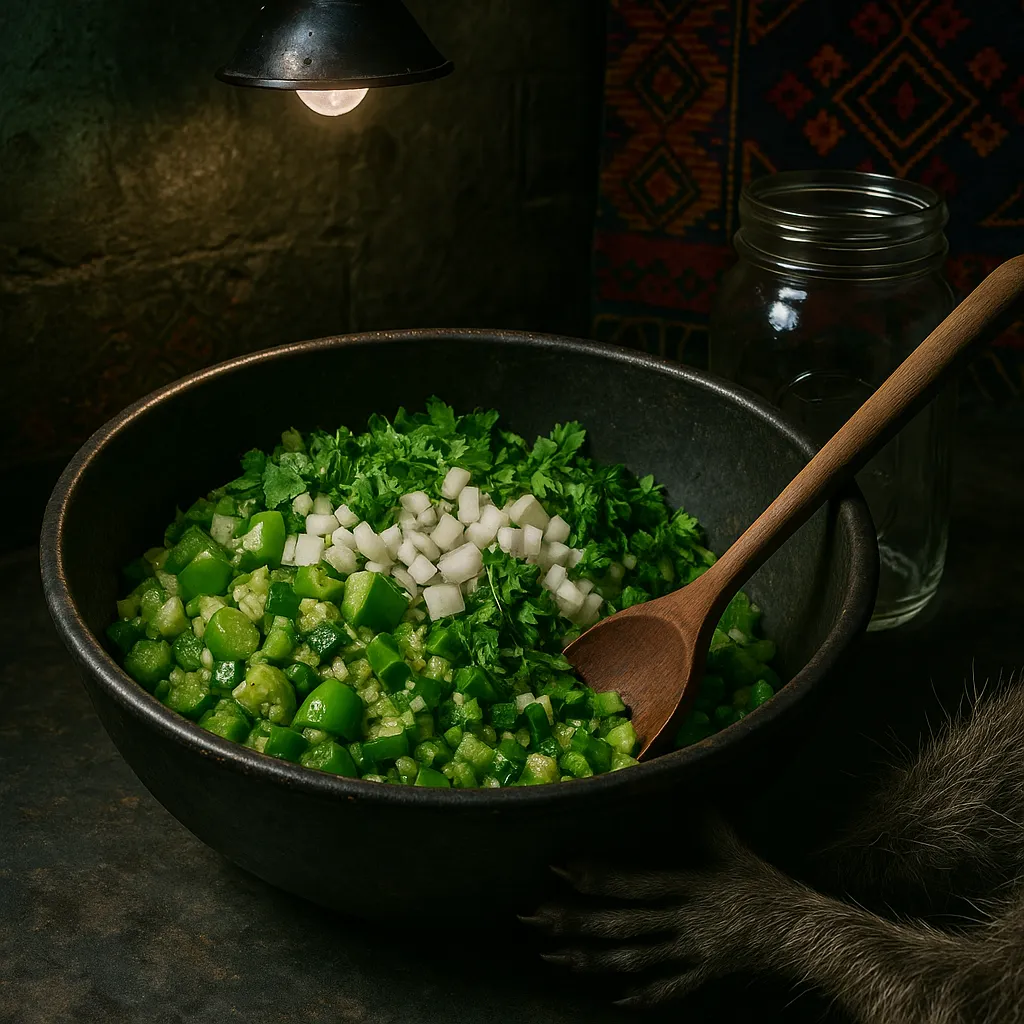
Weight the salsa down with a clean stone, smaller jar, or fermentation weight to keep everything submerged. Cover with cheesecloth or a loose lid — you want to allow gases to escape while keeping dust and flies out.
Days 2-7: The Magic
Place the jar in a cool, dark spot (65-75°F is ideal). You'll start seeing tiny bubbles within 24-48 hours — this is the lacto-fermentation beginning.
Taste daily after day 2. The salsa will develop increasingly complex flavors: first slightly sour, then deeply tangy, finally achieving that distinctive fermented funk. Most people prefer it between days 3-5.
The liquid may become cloudy and foam slightly — this is normal and healthy. If you see any fuzzy mold (rare with proper salt ratios), discard and start over.
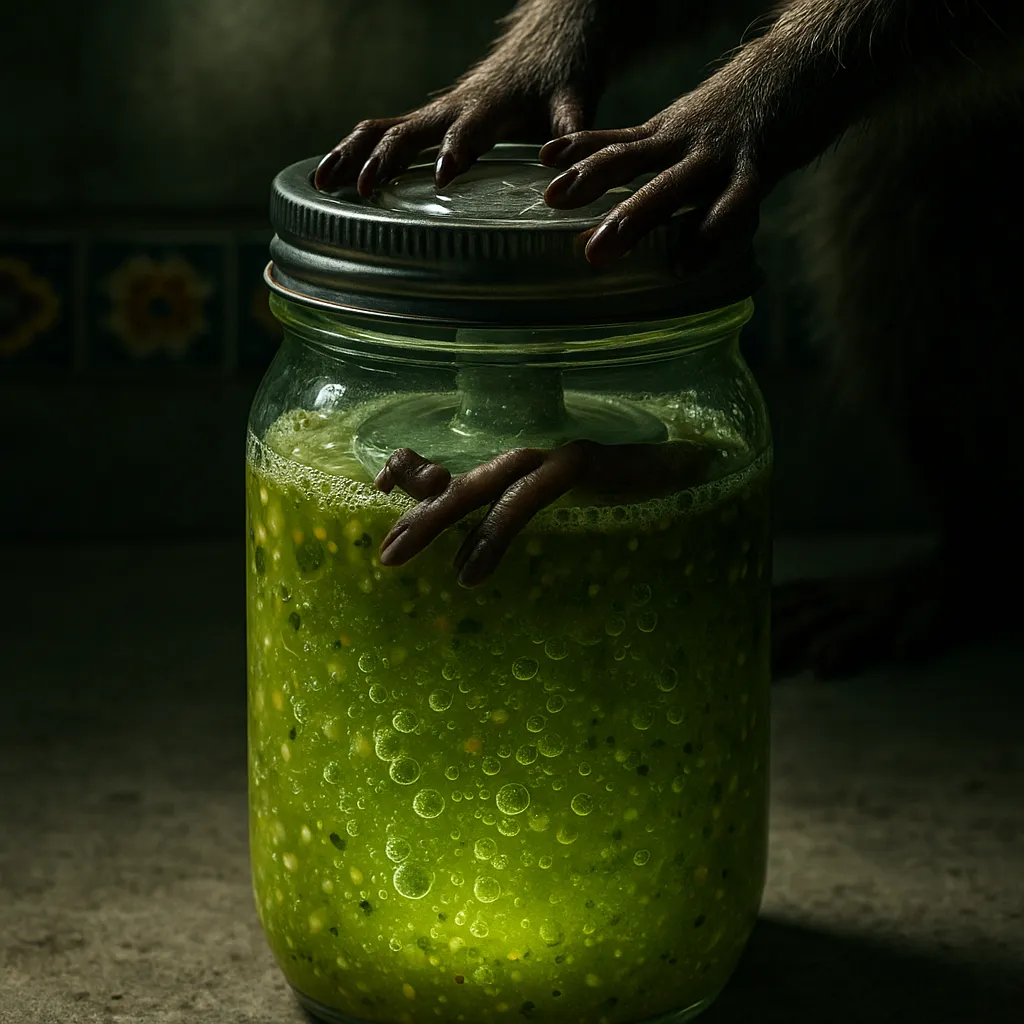
Finishing Touch
Once you're happy with the flavor, stir in the lime juice. This brightens the tangy complexity and stops fermentation by lowering the pH further.
Transfer to the refrigerator, where it will keep for several months. The flavors will continue to mellow and develop.
Serving & Remix Ideas
This fermented salsa shines wherever regular Salsa Verde would — but with so much more personality. Spoon it over eggs, fold it into quesadillas, or use it as a marinade for grilled meats. It's particularly outstanding with rich, slow-cooked dishes like Birria Tacos with Rich Consommé or Cochinita Pibil, where its tangy funk cuts through the richness.
Try fermenting different combinations: add pineapple for sweetness, chipotle peppers for smoke, or even substitute half the tomatillos with green tomatoes for a different base.
The fermentation liquid (brine) is gold — save it as a starter for your next batch or add splashes to cocktails for an unexpected umami kick.
Notes from the Fermentation Station
Temperature matters more than time. In summer heat, fermentation accelerates; in winter, it slows. Trust your taste buds over the calendar.
The salt isn't just for flavor — it creates the environment where beneficial lactobacillus bacteria thrive while keeping harmful microorganisms at bay. Don't reduce it in your first few attempts.
Each batch develops its own personality based on the wild bacteria in your kitchen environment. Embrace the variations — they're part of the charm of fermentation.
This technique works with almost any salsa recipe. Once you master this version, try fermenting your favorite combinations. The process remains the same; only the flavors change.
This recipe is part of my ongoing Fermentation Journey — exploring how time and beneficial bacteria transform simple ingredients into complex, living foods. For more fermented adventures, try my Korean Kimchi for a completely different fermentation tradition.
The technique here can be applied to any salsa recipe — try fermenting the base ingredients from Salsa Verde for another variation with completely different flavor profiles.







